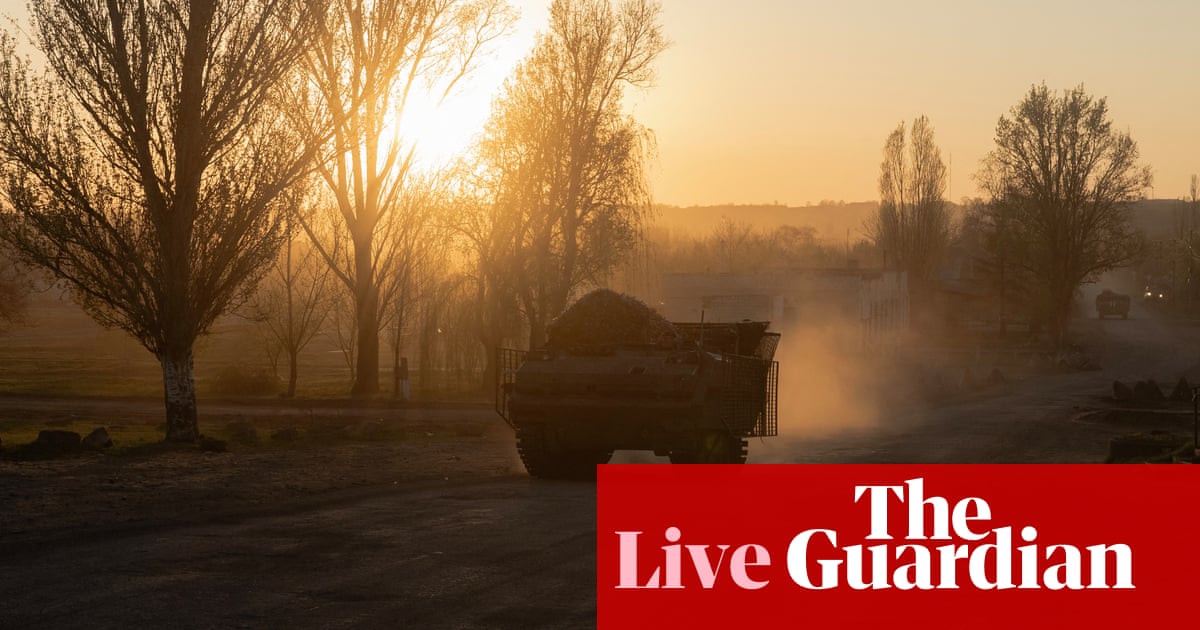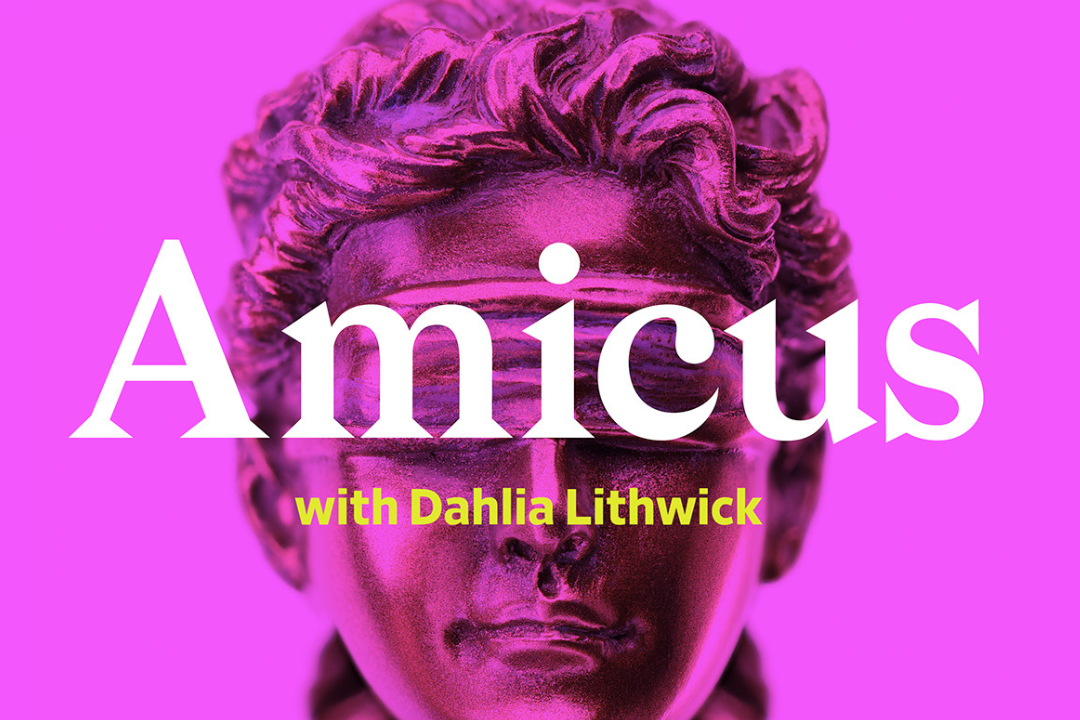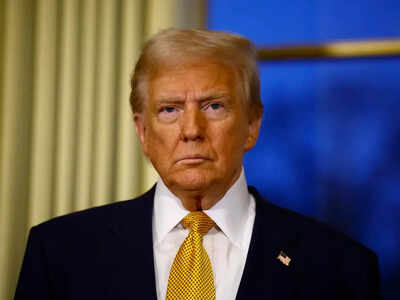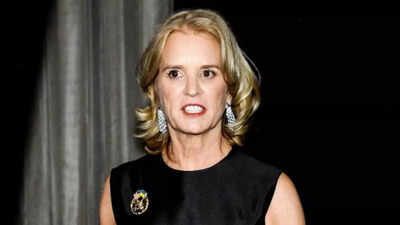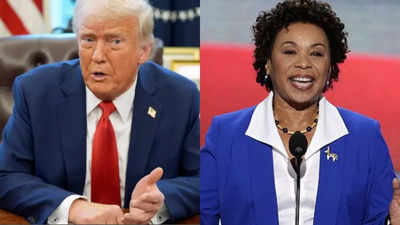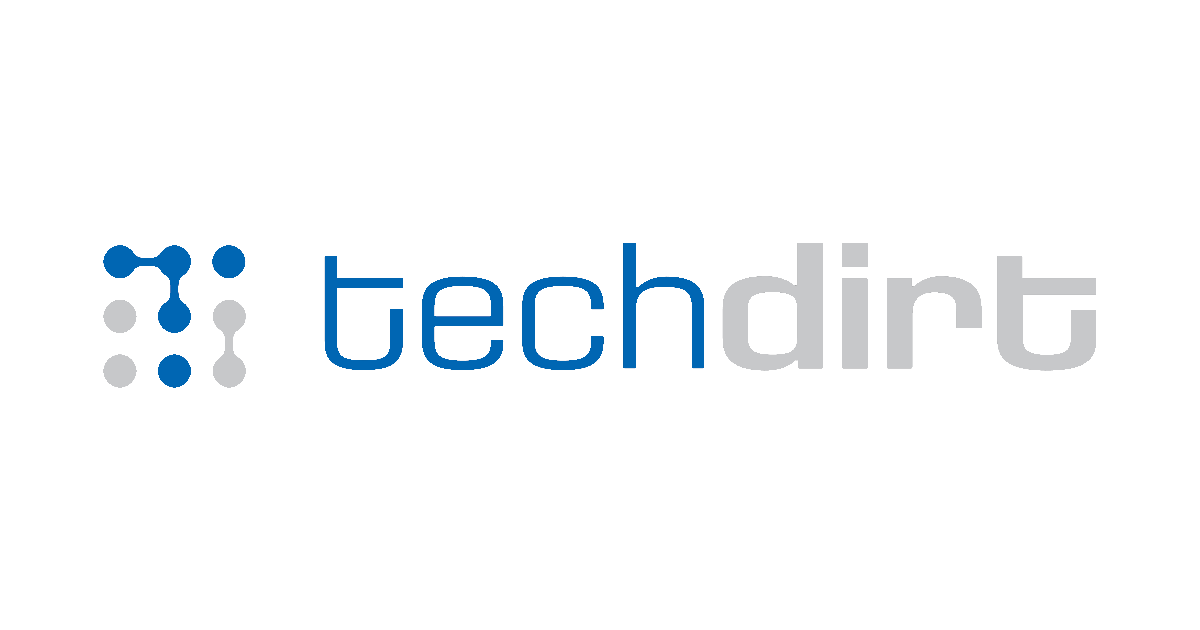U.S. Vice President JD Vance Begins Four-Day Visit to India to Strengthen Economic Ties
NEW DELHI (AP) U.S. Vice President JD Vance is set to embark on a significant four-day visit to India starting Monday, with the aim of unlocking new economic opportunities and negotiating a crucial bilateral trade agreement between the two nations. This diplomatic mission comes at a time when both countries are looking to enhance their economic partnerships amidst a backdrop of escalating trade tensions between the United States and China, Indias primary regional competitor.
During his visit, Vance is scheduled to meet with Indian Prime Minister Narendra Modi in New Delhi. The meeting is expected to focus on key issues such as the economy, trade relations, and geopolitical alliances. Vice President Vances visit is not just a routine diplomatic undertaking; it is viewed as a pivotal moment for the Trump administration as it seeks to strengthen ties with a country that has become increasingly central to U.S. strategic interests in Asia.
The relationship between India and the United States has evolved rapidly over the past few years, with bilateral trade reaching an impressive $190 billion recently, solidifying the U.S. as Indias largest trading partner. Indias Ministry of External Affairs has underscored the importance of Vances visit, emphasizing that it will provide ample opportunity for both nations to review progress in their bilateral relations and exchange insights on regional and global developments that concern them.
Vance's trip follows a host of significant diplomatic encounters, including a visit by Director of National Intelligence Tulsi Gabbard to India for a geopolitical conference just weeks prior. Furthermore, Modis recent meeting with President Trump in Washington two months ago laid the groundwork for enhanced dialogue between the two leaders. Modi was among the first global leaders to engage with Trump after he returned to the White House, expressing optimism about a mega partnership that could help mitigate the repercussions of Trumps controversial tariffs.
Despite an earlier commitment to cutting tariffs on various U.S. goods, Trump had imposed a hefty 26% levy targeting Indian imports as part of his now-suspended tariff program, a move that has temporarily relieved some pressure from Indian exporters. Modi has openly indicated his willingness to further reduce tariffs on U.S. products during Vances upcoming discussions, as well as to address issues surrounding undocumented Indian nationals and procure military equipment from the U.S. These negotiations have the potential to mark a turning point in U.S.-India relations.
In a recent statement, Modi revealed that he had spoken with Elon Musk and discussed the immense potential for collaboration in the areas of technology and innovation, reaffirming Indias commitment to fostering partnerships with the U.S. in these critical sectors.
India's partnership with the United States is not only significant for trade but also crucial in terms of foreign direct investments and defense cooperation. As a strategic ally in the Indo-Pacific region, India plays a vital role in countering the growing influence of China. The two countries are also part of the Quad, an alliance that includes Japan and Australia, aimed at maintaining stability and promoting democratic values in the region.
Prominent U.S. corporations, including tech giants like Apple Inc. and Google, have significantly expanded their operations in India in recent years. Last month, Musks Starlink entered into agreements with leading Indian telecom firms to launch satellite-based internet services across the country, further illustrating the growing economic ties between the two nations.
As part of their ambitious goals, the U.S. and India are targeting a goal of more than doubling their bilateral trade to $500 billion by 2030 through the expected trade agreement, underscoring the urgency of these negotiations for both parties. New Delhi is particularly vulnerable to reciprocal tariffs imposed by Trump, with sectors like agriculture, processed food, auto components, high-end machinery, medical equipment, and jewelry at risk. This situation poses a considerable challenge for Modis administration as it strives to rejuvenate the economy and facilitate job growth through an export-led recovery.
Notably, Modi and Trump enjoy a good rapport, having established a collaborative relationship during Trumps first term. With rising tensions between Washington and Beijing, both leaders appear poised to deepen cooperation in various areas, especially given Chinas efforts to position itself as a reliable trade partner in the Asia-Pacific.
In addition to its economic discussions, India has proactively worked to win over the Trump administration by committing to increase its purchases of energy and defense equipment, including advanced military technology such as fifth-generation stealth fighter jets from the U.S.
Vances visit holds personal significance as well, marking his first official trip to India. He will be accompanied by his wife, Usha Vance, who is the daughter of Indian immigrants from South India and practices Hinduism. Vance has previously described Usha in his memoir, Hillbilly Elegy, as a supersmart daughter of Indian immigrants whom he met at Yale Law School. This personal connection is likely to add a layer of depth to his discussions during the visit.
In addition to official engagements, the Vance family plans to explore cultural sites in Indian cities like Jaipur and Agra, showcasing the familial and diplomatic ties that further enrich the relationship between the U.S. and India.















